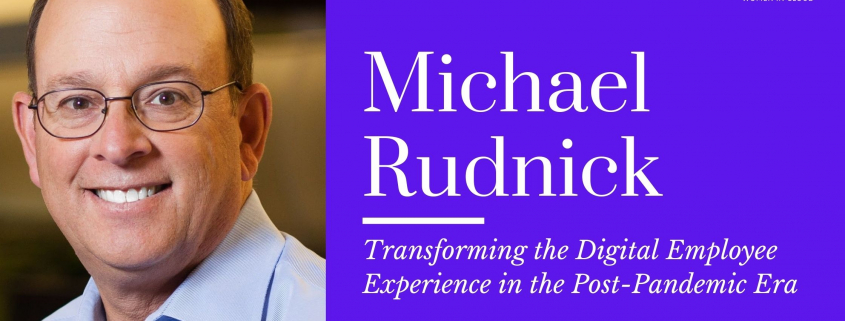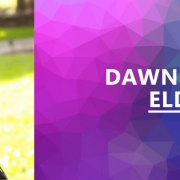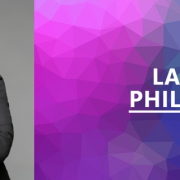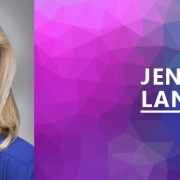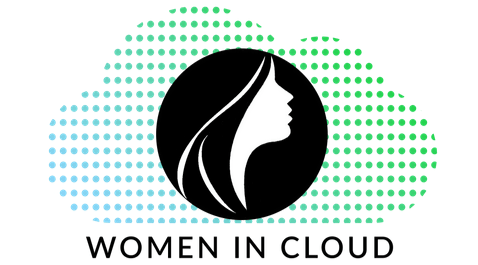There’s no denying that business transformation – powered by digital communications – has vastly accelerated during the pandemic. 2020 started the decade as the most transformative year ever – setting the stage for digital acceleration and the dramatic rise of the employee experience as far more than just an idea or concept.
85% of 800 executives in a recent McKinsey survey said their organization has increased digitization somewhat or greatly since the pandemic began. Transformation in the pre-pandemic era was slow and painful, and often provided little benefit to an average employee other than often making them redundant.
The massive difference in post-pandemic transformation is the focus on, and active participation of, virtually all employees at all levels and areas of an organization. Digital communications and collaborations have flattened the organization while increasing the speed of responsiveness and employee effectiveness.
For companies to continue to build on these gains – since there’s no turning back the clock to ‘before covid’ – companies must move from making process-focused technology choices to making people-focused ones – and that means prioritizing the employee experience, underpinned by a foundation of digital employee communications.
What is the digital employee experience? How is it materially different today than the world before 2020? And where is it going next?
History can actually provide guidance on the road ahead. Looking back about 10-15 years the proliferation of digital process reengineering took the corporate world by storm – moving away from paper, and automating many labor-intensive and redundant efforts. Many of the early solutions were made by innovators – mostly deployed on-premise – and not well integrated. They were built for and used by, a limited number of employees with deep experience in specific areas/functions of the business that was being transformed.
As digital process transformation took hold, those early innovators gave way to major players like SAP and Oracle who built bigger, more integrated solutions that could manage larger end-to-end process flows. But still designed for, and used by, a limited subset of highly trained employees (such as HR and finance professionals or manufacturing management) with limited ‘self-service’ for the rest.
Fast forward to now; the focus of digitization is well beyond basic automation, and data/transaction processing and is squarely focused on helping people make better decisions – decisions that often involve complex data or context to determine the best path forward.
The problem today – like the issues many years ago – is that the proliferation of innovative solutions has again become confusing and overwhelming – mainly because these new apps are used by virtually all employees (not a small subset of experts or functional areas), and these new solutions impact the day-to-day, hour-to-hour workloads of all company employees – including those on the front-line.
In fact, a recent survey of IT executives found that nearly 80% of employees use as many as 6-10 online tools just to communicate. And a recent Gartner report stated that workers are digitally overwhelmed:
• 68% of employees spend much of the day toggling between apps
• 28% of their time is spent on email
• 20% is spent looking for information
• 400x – how often they context switch (e.g., get interrupted) in a given day
As a result, much of an employee’s daily work experience is now dictated by their interactions with these solutions which are making life more stressful and complex – rather than less.
The solution is conceptually simple, but technically and operationally not – make communications as seamless and friction-free as possible. We know this approach is completely viable – it’s been the mantra for the consumer experience for many years. And it’s time for the employee experience to catch up.
IT, communications, and HR leaders have come to realize that employees are the “customers” in the new digital workplace. Employees have countless demands on their attention and, to be engaged effectively, must be reached at the right time and in the right place —much like consumers. Simply put, the medium is as important as the message. “When” and “where” is as critical as the “what.”
How to Succeed in the Post-Pandemic World: Take a page from the Marketing Tech Playbook
Companies have deployed dozens of technologies in an effort to digitally transform their business processes. But these have often created friction and silos for users. To address such challenges, take a page from the consumer experience world and apply marketing technology features to modernize and unlock the full value of your employee communications and the employee experience.
The key difference with today’s technology and that of 10-15 years ago is the Cloud ecosystems that innovators can build upon. Many new solutions are being built that plug directly into the major Clouds platforms – be that Microsoft 365 or Azure, SalesForce, SAP, Oracle, AWS, etc.
Most notable in the context of the employee experience and communications is Microsoft. The Microsoft 365 platform touches far more of an organization’s employees than any other simply because it provides the core applications employees use every day: Outlook and Teams.
To leverage this nearly ubiquitous presence, and encourage third-party application development on the Microsoft 365 and Azure Clouds, Microsoft has launched a new Employee Experience Platform called Viva. This confluence of factors has resulted in a proliferation of new and innovative third-party employee experience and communications solutions available in the Microsoft AppSource and Azure Marketplaces to meet this rapidly growing market segment.
How to Make the Most of these Digital EX Platforms and Innovative Apps:
- Meet employees Where They Are: Don’t force employees to change their ways of working. Put your content where they spend most of their working day. For most employees, that’s Microsoft 365 and especially, Microsoft Teams.
- Omnichannel Reach: Your organization needs the ability to reach all employees everywhere—not just in a specific office or physical location, but also on any endpoint the employee uses for work – especially in a hybrid workplace. That endpoint could be any device – phone, laptop, tablet, running any OS.
- Targeting & Analytics: Employees are busy – and overburdened with irrelevant content. The more focus on targeting the right content to the right people using the right channels at the right time will result in far greater awareness and engagement by employees. Marketing has been doing this for years.
- Automation: The more granular targeting and channel management, the more personalized the experience is for the employees, and the more likely they are to engage with the content being delivered. In the past this effort has been mostly manual, resulting in either costly labor to accomplish the effort, or more often, simply not undertaking it in the first place. Today’s latest apps, including the use of AI, are automating the distribution and management of content far better than anything before. And again, marketing has been doing this for years.
- Intelligence: As you take the pulse of your workforce and collect data on employee engagement, online and offline behavior, and preferences, you’ll gain insight to help optimize employee communications and the employee experience.
The digital employee experience has been on the radar of IT, communications, and HR executives for a few years but the pandemic has turned the spotlight on it as a true organizational priority. The rapid technological change coupled with the increasing demands of employees and the realities of a post-covid hybrid workplace will be a key factor in determining which companies succeed in the post-pandemic era.
About Michael Rudnick
Michael Rudnick is CEO and Co-Founder of Velaku, one of a new breed of Employee Experience solutions that plug directly into the Microsoft 365 platform, including Viva – to improve employee and HR communications. Michael is a graduate of Women In Cloud’s Accelerator cohort 4.0. Michael is a frequent speaker and thought leader on the digital transformation of employee communications to improve the employee experience. Prior to co-founding Velaku Michael founded one of the first Intranet consultancies, and spent a decade leading Willis Towers Watson’s global HR portal business. He is based in New York City.

